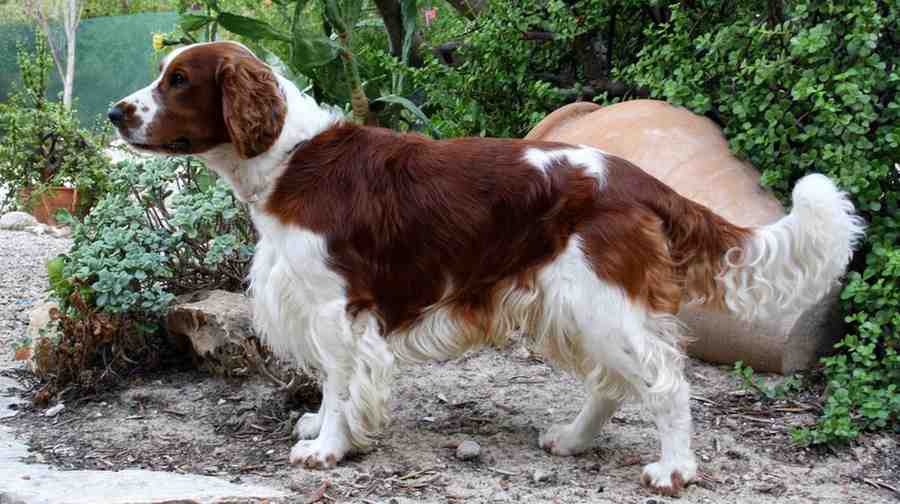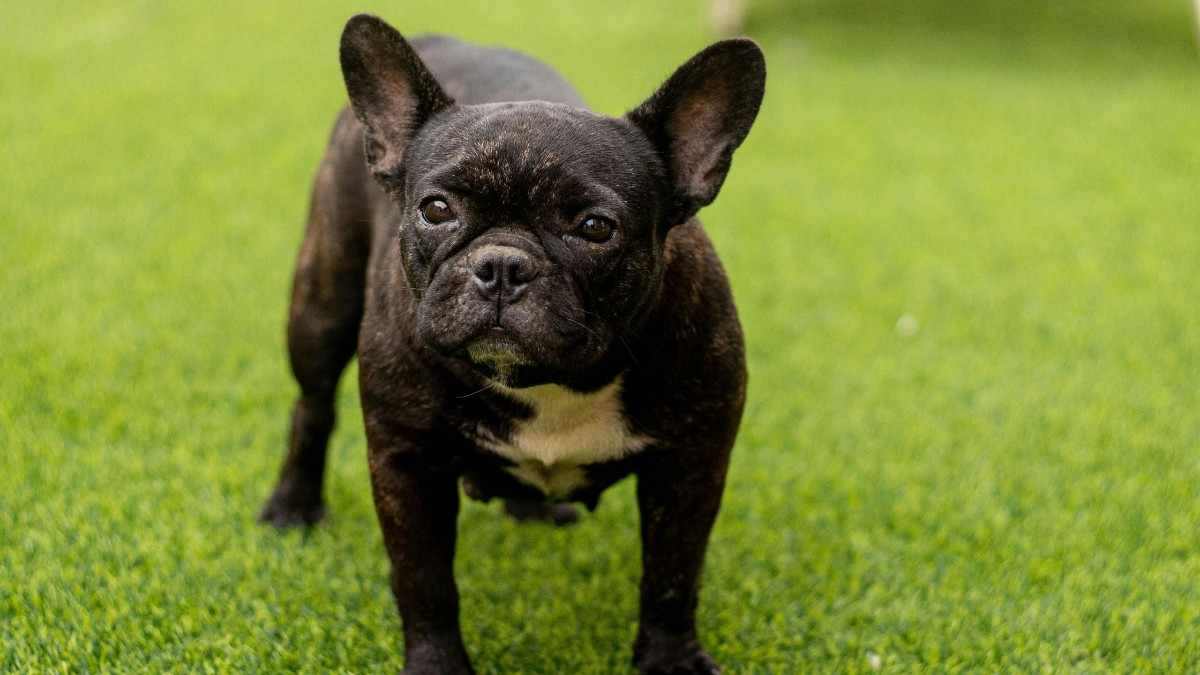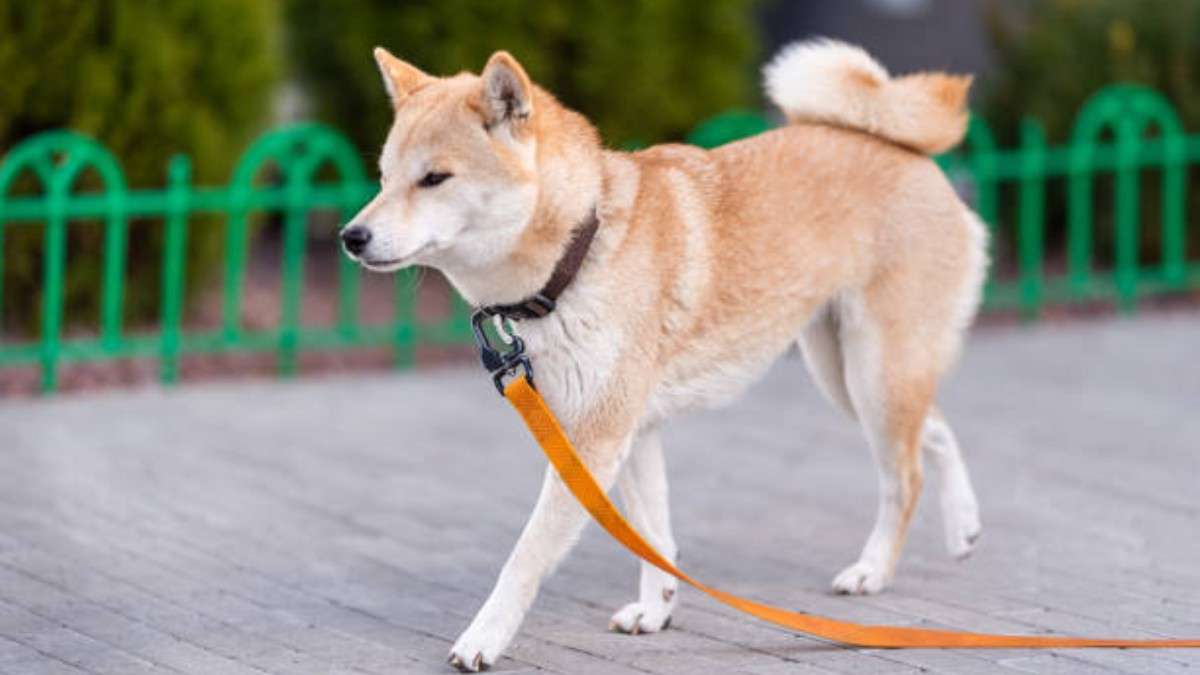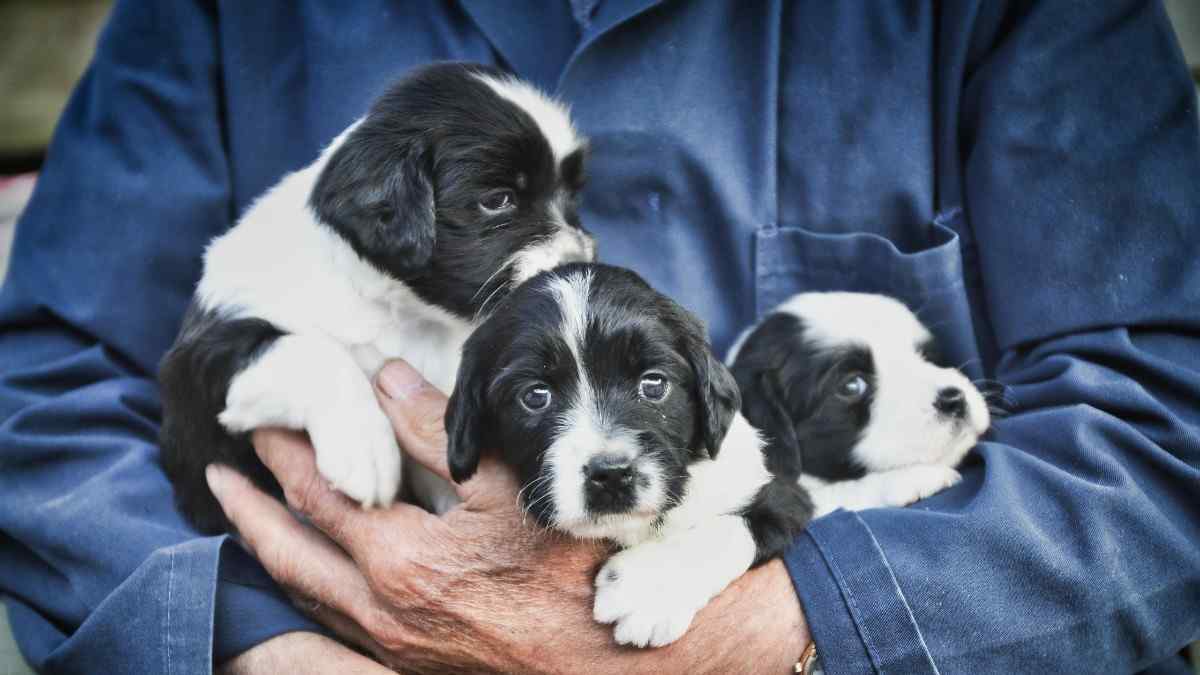Discover Low-Shedding Dog Breeds and Their Traits
Tired of vacuuming up dog hair every day, you’re not alone. Many dog lovers want a furry friend without the constant fur fallout. That’s where low-shedding dog breeds come in they’re the perfect blend of fluff and cleanliness. Whether you’re allergic, tidy, or just over the mess, these breeds might be your new best friend.
What Does Low-Shedding Mean?
Shedding vs. Non-Shedding
Let’s clear one thing up: no dog is truly non-shedding. However, some breeds shed significantly less than others. Low-shedding dogs often have hair instead of fur, or they go through hair growth cycles that don’t involve heavy seasonal shedding.
Understanding the Canine Coat Cycle
Dogs go through hair growth phases, just like us. In low-shedding breeds, the growth phase (anagen) is longer, meaning their hair grows longer before falling out. Less falling hair = less mess for you.
Why Choose a Low-Shedding Dog?
Allergy Considerations
If you sneeze at the thought of a dog, low-shedding breeds might be your answer. While no breed is 100% hypoallergenic, these dogs tend to release fewer allergens, making life easier for allergy sufferers.
Less Cleaning, More Cuddling
Let’s be honest cleaning up dog hair is a chore. Low-shedding breeds help keep your couch, clothes, and car cleaner, so you can spend more time playing fetch and less time lint-rolling everything you own.
Top 10 Low-Shedding Dog Breeds
1. Poodle
Smart, elegant, and available in toy, miniature, or standard sizes, Poodles are a top pick for low-shedding homes. Their curly coat traps loose hair, which means less on your floor.
2. Bichon Frise
These little puffballs don’t shed much at all. Their dense, curly coats catch loose hair, and with regular grooming, they stay neat and tidy. Plus, they’re cheerful and love attention.
3. Maltese
Small but mighty in cuteness, Maltese dogs have long, silky hair that doesn’t shed much. They need regular brushing to prevent tangles, but you won’t be finding their hair all over your house.
4. Portuguese Water Dog
Originally bred to help fishermen, these athletic pups have tight curls and love the water. Their thick coats shed minimally, making them great for active households.
5. Schnauzer
Available in three sizes (miniature, standard, and giant), Schnauzers have a wiry coat that holds onto loose hair. They’re energetic and loyal, and they don’t leave a hairy mess behind.
6. Basenji
Often called the “barkless dog,” Basenjis are clean and low-maintenance. They groom themselves like cats and barely shed, making them a great choice for neat freaks.
7. Yorkshire Terrier
The Yorkie’s silky hair is more like human hair than fur. It grows continuously and sheds very little, but they do need regular grooming to keep their coat looking fabulous.
8. Shih Tzu
Bred to be lap dogs for Chinese royalty, Shih Tzus have flowing, low-shedding coats. With proper grooming, they’re cuddly and clean companions.
9. Scottish Terrier
Scotties sport a dense, wiry coat that doesn’t shed much. They’re independent, brave, and perfect for homes that want minimal hair on the furniture.
10. Irish Water Spaniel
With tight curls and a waterproof coat, this breed sheds minimally and loves outdoor adventures. They’re playful, intelligent, and don’t leave trails of fur behind.
Grooming Tips for Low-Shedding Breeds
Brushing and Bathing
Even low-shedding dogs need regular grooming. Brushing helps remove loose hair, keeps coats healthy, and prevents matting. Aim for at least twice a week.
Importance of Professional Grooming
Many low-shedding breeds need regular trims. A professional groomer can help maintain coat health and keep your pup looking dapper.
Low-Shedding Dogs and Families
Best Breeds for Kids
Yorkies, Bichons, and Shih Tzus are fantastic with children. Their gentle nature and manageable size make them perfect playmates for little ones.
Compatibility with Seniors
Maltese and Miniature Schnauzers are ideal for seniors they’re small, affectionate, and don’t need marathon walks. Plus, their coats are easy to manage with help.
Common Myths About Low-Shedding Dogs
Myth 1: They Don’t Shed At All
Let’s debunk that now every dog sheds something. Even “non-shedding” breeds lose hair, just not in tumbleweed-sized clumps like others.
Myth 2: They’re All Hypoallergenic
Nope! All dogs produce dander and saliva, which can trigger allergies. But low-shedding breeds tend to produce less of the stuff that makes your nose run.
Final Thoughts
Low-shedding dog breeds are a dream come true for those who want the love of a dog without the fluff-filled cleanup. Whether you’re allergic, neat by nature, or just want a lower-maintenance companion, these breeds offer plenty of charm, cuddles, and minimal mess. Choose the one that fits your lifestyle and enjoy a hair-free couch and a heart full of love.
Frequently Asked Questions (FAQs)
Q1. What is the difference between shedding and dander?
Shedding refers to hair loss, while dander is tiny skin flakes dogs naturally shed. Low-shedding dogs may still produce dander.
Q2. Do low-shedding dogs need less grooming?
Not necessarily. Many low-shedding breeds need more grooming to prevent mats and keep their coat healthy.
Q3. Are low-shedding dogs better for people with asthma?
They might be. Fewer allergens in the air can help asthma sufferers, but it depends on individual sensitivity.
Q4. Can I find low-shedding dogs in shelters?
Absolutely! Many rescue organizations specialize in hypoallergenic and low-shedding breeds. Check local shelters or breed-specific rescues.
Q5. What’s the easiest low-shedding breed for beginners?
The Miniature Schnauzer is a great pick they’re friendly, manageable, and relatively easy to groom with regular maintenance.




Post Comment